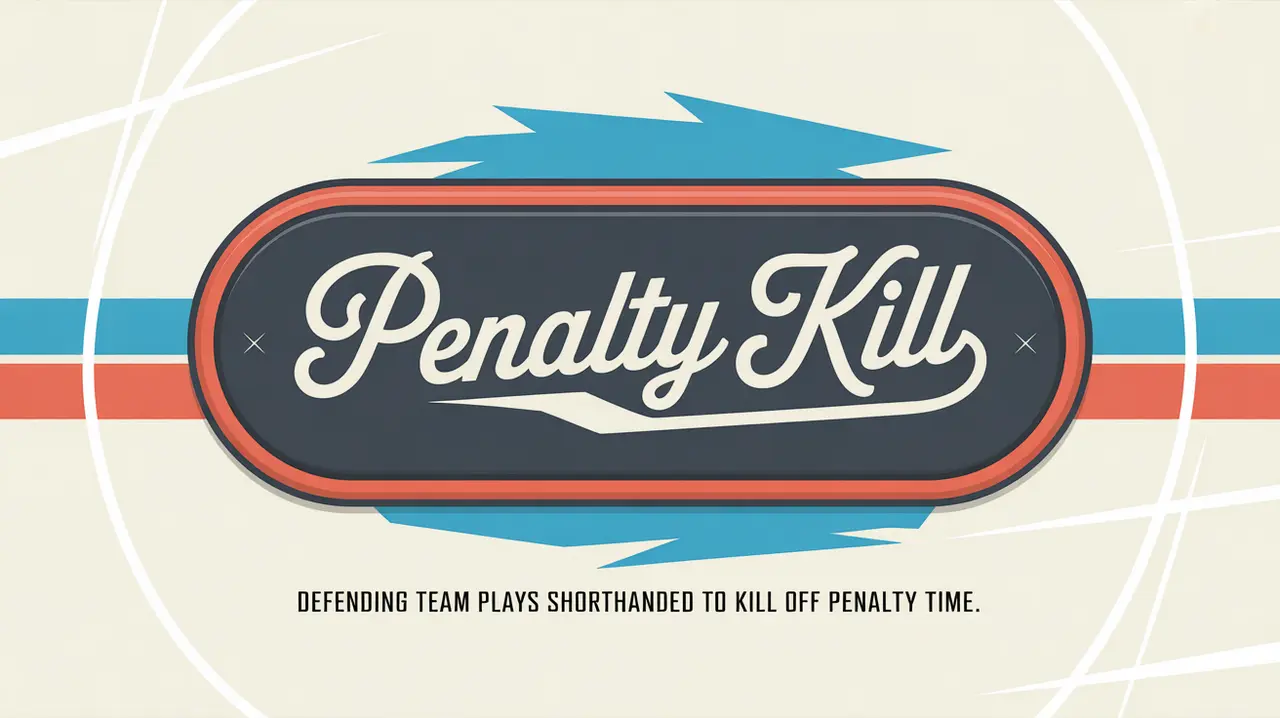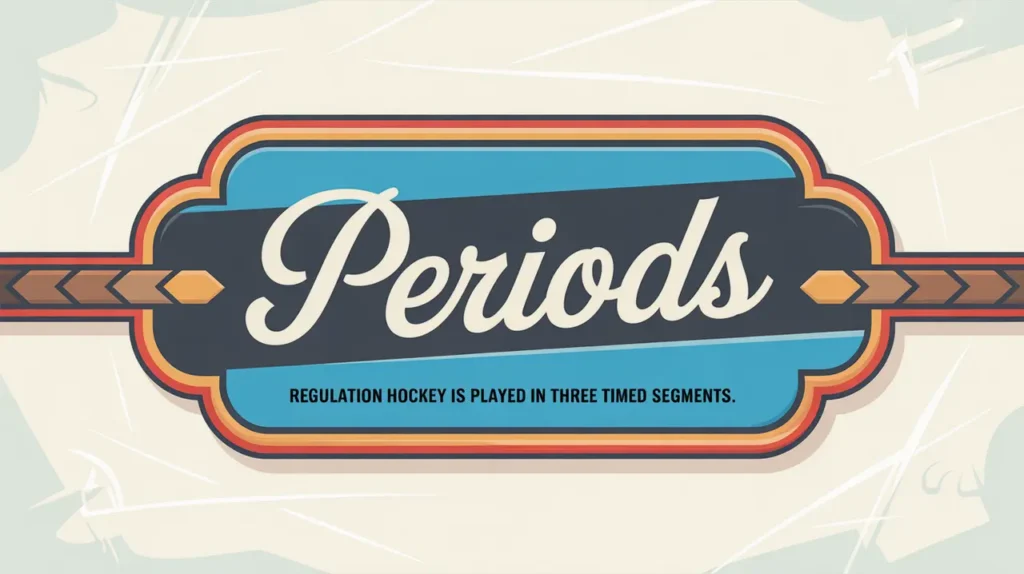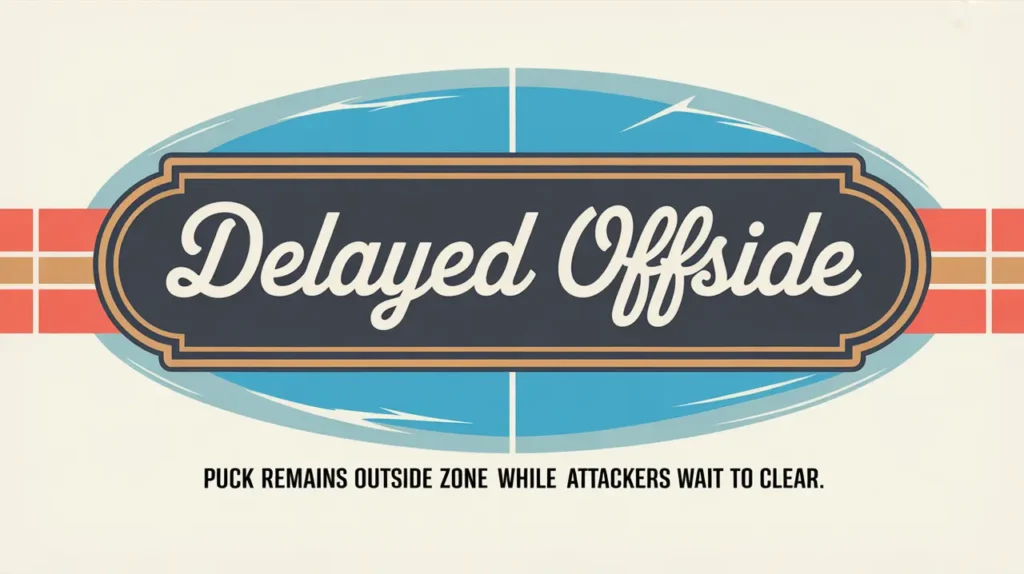Jim’s Intro to the Penalty Kill
Hi folks, Jim here, the only commentator who once yelled “Clear it!” so loud during a penalty kill that the goalie actually flinched.
What is the penalty kill?
The penalty kill is the defensive situation when a team is shorthanded because of a penalty, usually facing a power play from the other team. The penalized team typically plays with four skaters against five (or fewer in some cases, like 5-on-3 situations), focusing on defending their zone, blocking shooting lanes, and clearing the puck until the penalty time expires. A strong penalty kill can swing momentum, energize a bench, and frustrate even the most skilled power plays.
How does it work?
The penalty kill follows a structured approach:
- Man Disadvantage Begins: A player goes to the box, leaving their team down one skater.
- Faceoff in Defensive Zone: Play resumes with a critical draw that often sets the tone for the kill.
- Defensive Structure: Teams set up in tight formations to protect the middle of the ice and limit high-quality shots.
- 4-on-5 is most common.
- 3-on-5 happens when two players are in the box.
- Puck Pressure and Clears: Penalty killers pressure selectively, block shots, and clear the puck down the ice to kill time.
- Time Expiration or Goal: If the penalty expires without a goal against, the team returns to full strength. If a goal is scored during a minor penalty, the penalized player is released early.
The key to a good penalty kill is discipline and coordination.
Common Penalty Kill Formations
- Box: Four defenders set in a square, collapsing toward the net to block shooting lanes. Ideal for stationary power plays.
- Diamond: One player pressures up high, while the other three form a triangle low. Good for countering umbrella power plays.
- Wedge + 1: Three defenders in a tight wedge in front of the net, with one roaming up high to pressure the point.
- Triangle + 1 (3-on-5): Used when down two players, focusing on blocking the slot and letting low-percentage outside shots happen.
How do you make good decisions with it?
Good penalty killing decisions rely on timing, positioning, and discipline.
- Win the First Faceoff: A clear right off the draw kills 20–30 seconds and sets the tone.
- Stay in Formation: Don’t chase the puck out of position; trust the structure.
- Pressure Smartly: Well-timed pressure can disrupt set plays, but overcommitting opens seams.
- Clear Effectively: Glass and boards are your friends. Get the puck all the way down.
- Avoid More Penalties: Stick discipline is essential. Nothing kills a kill like going down 5-on-3.
- Change Lines Wisely: Get fresh legs when you can without giving up easy entries.
How do you master it?
Mastering the penalty kill is about reading the play and working as a unit. Skilled penalty killers have quick sticks, strong skating, and excellent awareness. They anticipate passes, block shooting lanes with precision, and time clears perfectly. Teams practice penalty killing extensively to ensure that every player knows their role and responsibilities in each formation.
What does it look like when done right?
A great penalty kill looks like controlled chaos. The power play moves the puck, but every lane is clogged, every shot is pressured, and every clear is clean. Attackers get frustrated, the crowd builds energy, and by the time the penalty ends, the killing team often has the momentum. Some of the loudest ovations in hockey come after a hard-fought kill.
Commentator’s Corner
Jim’s Take
I’ve seen penalty kills turn entire games around. Block a few shots, clear a few pucks, and suddenly the building’s rocking like you just scored.
Parent Tip
Teach young players that penalty killing is about effort and intelligence, not just standing around. Good positioning and hustle make them invaluable teammates.
Player Tip
Penalty killers earn trust fast. Skate hard, keep your stick in lanes, and know the structure. Coaches love players who can be trusted down a man.
A Final Thought
The penalty kill is the ultimate test of discipline, structure, and heart. Teams that kill well survive disadvantages and build momentum from them. Master it, and you can turn defense into one of your strongest weapons.









